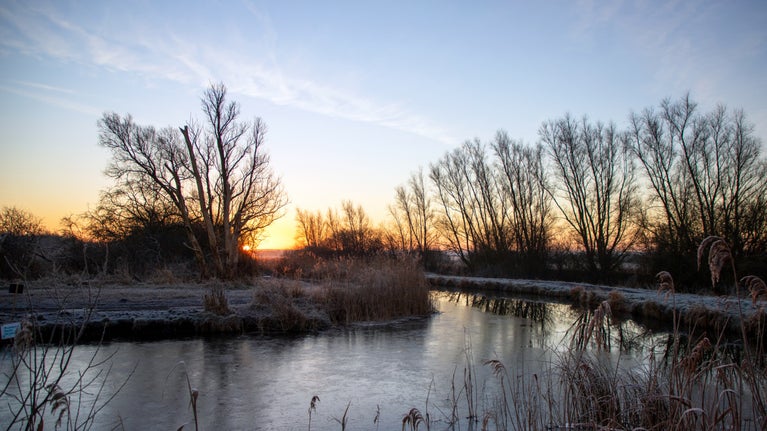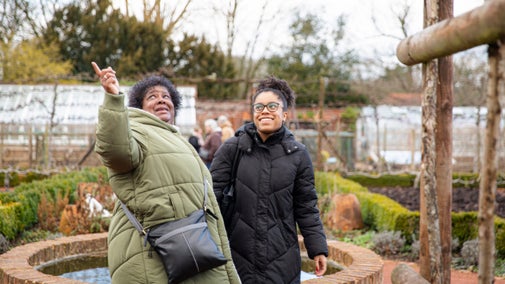
Caring for nature
Learn about our work on nature, climate and sustainability, and find out what you can do to make a difference.

Foraging can help us to connect with and appreciate nature and reminds us that we need to take care of it. That’s why we support sustainable foraging for plentiful species of wild food, for personal use, in many of the places we care for.
We want to make sure you can forage sustainably and enjoy our sites as you wish, but also that the land we care for can continue to support healthy ecosystems. We welcome sustainable picking on most of our land, but we discourage excessive foraging.
To ensure that you are foraging sustainably, we ask that you follow this code of conduct:
If you're ever in doubt about whether you should forage, please only take photos rather than specimen and leave some for others to enjoy.

Learn about our work on nature, climate and sustainability, and find out what you can do to make a difference.
Find the best places to go blackberry picking at the places in our care. Don't forget to bring your own bags, bowls or baskets to take home a free harvest of fresh fruit.

Wild garlic grows in moist woodland and you can forage for it at many places we care for including Downhill Demesne in Northern Ireland and Prior Park in Bath.

Ash dieback is a fungal disease affecting the country’s native ash trees. As many as four out of five ash trees may be affected and, where the dying trees could cause a threat to human safety, we need to remove them.

Find out how to give the gift of adventure with a range of membership options. Plus, pay for a joint, family, young person or individual membership by annual Direct Debit and receive a guest pass to share with a friend or family member when you visit.
